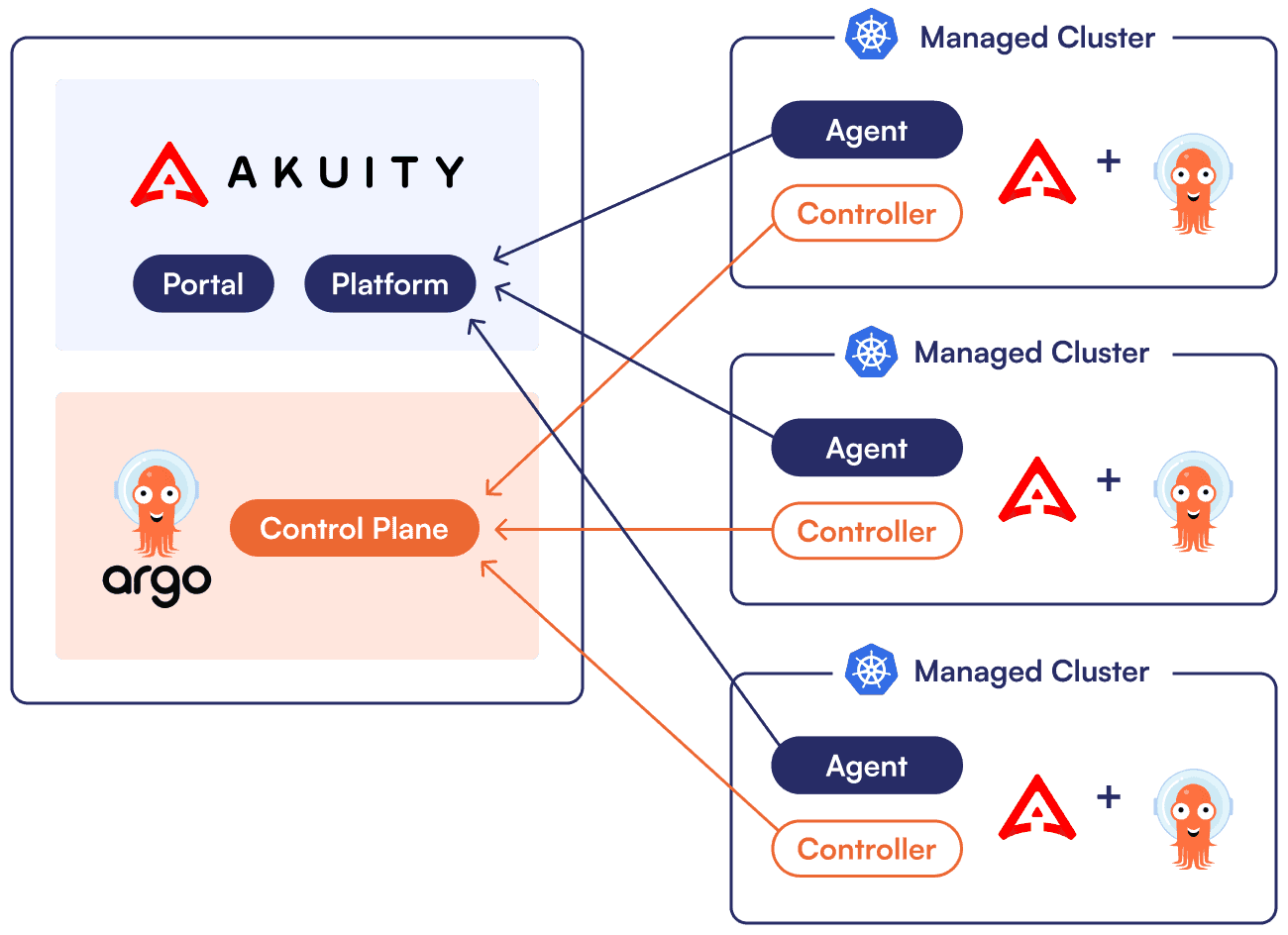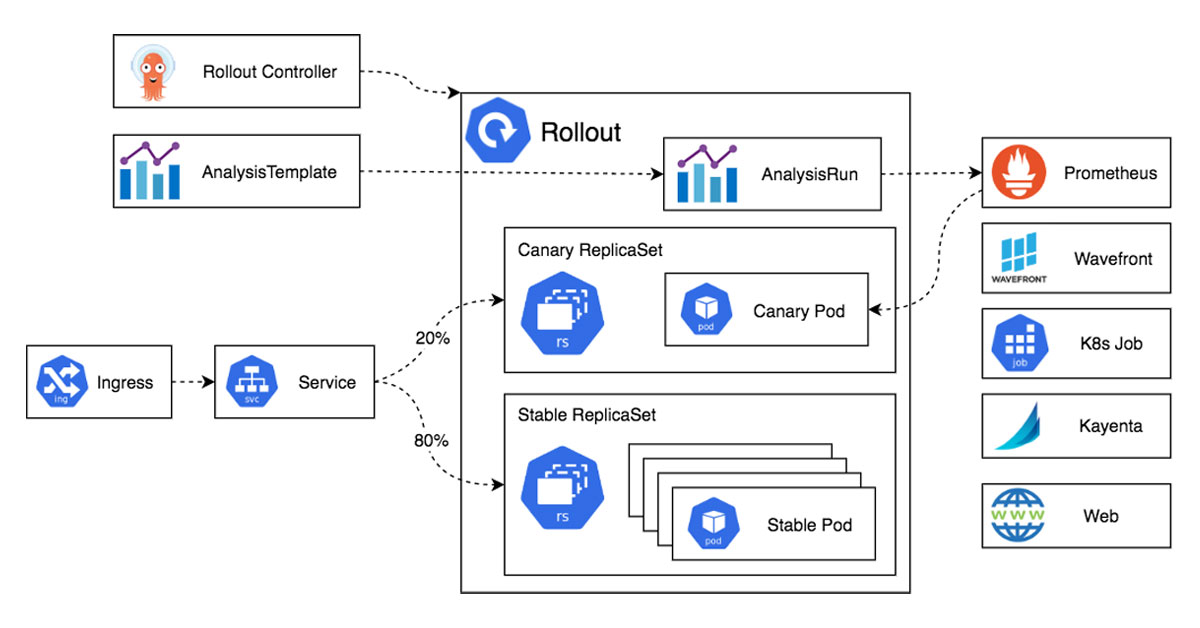In the world of Kubernetes, managing application deployments can become complex and cumbersome. Enter Argo CD, a declarative, GitOps continuous delivery tool for Kubernetes that makes application deployments simple, reliable, and scalable. In this guide, we will explore what Argo CD is, how it works, and how you can get started with it.
What is Argo CD?
Argo CD is a Kubernetes-native continuous deployment (CD) tool. It follows the GitOps model, where the desired state of your application infrastructure is stored in a Git repository. Argo CD continuously monitors this repository and ensures that the deployed state matches the desired state.
Key Features of Argo CD
Declarative GitOps CD: Define the desired state of your applications in Git.
Automated Syncing: Automatically synchronize your applications to match the state defined in Git.
Multi-Cluster Support: Manage deployments across multiple Kubernetes clusters.
Rollbacks: Easily revert to a previous application state.
Customizable: Extensible through custom resource definitions (CRDs) and hooks.

How Does Argo CD Work?
Argo CD operates by continuously monitoring a Git repository containing Kubernetes manifests. When it detects changes, it applies them to your Kubernetes cluster, ensuring that the live state matches the desired state.
The GitOps Workflow
1. Git Repository: Stores the desired state of the application, including Kubernetes manifests and Helm charts.
2. Argo CD Application: Defines the source repository, target cluster, and sync policies.
3. Synchronization: Argo CD pulls changes from the Git repository and applies them to the cluster.
4. Monitoring: Argo CD continuously monitors the application state and syncs it with the desired state defined in Git.

Getting Started with Argo CD
Prerequisites
A Kubernetes cluster (local or cloud-based).
kubectl installed and configured.
A Git repository with your Kubernetes manifests.
